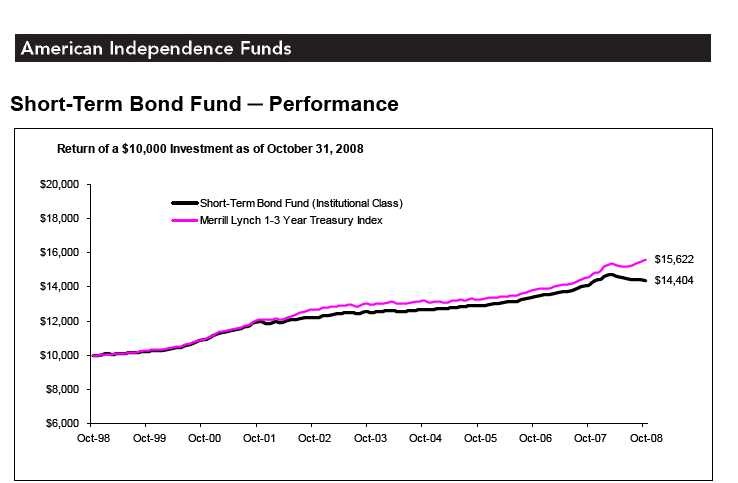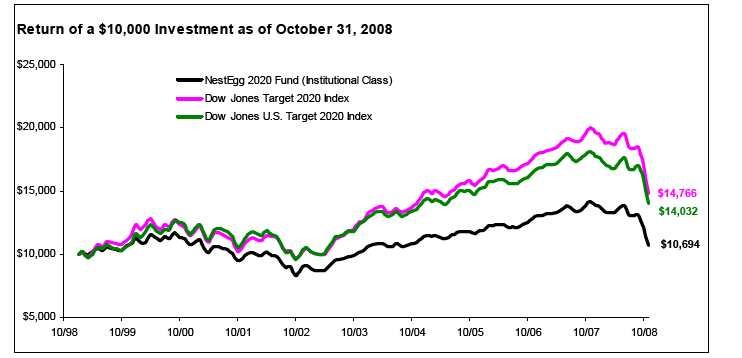Propcat reinsurance prices to drop further thirdparty capital here to stay
Post on: 21 Июнь, 2015 No Comment

by Artemis on June 25, 2013
Property-catastrophe reinsurance pricing is set to drop even further at the next key set of reinsurance market renewals and the influx of third-party capital into the reinsurance space from investors is one of the key reasons for the fall, according to piece of research from analysts at Macquarie.
Macquaries Equity Research group has released the results of a reinsurance pricing survey this week, featuring the collated responses from an anonymous survey of 60 respondents. Macquarie surveyed a mixed group of those holding interest in the re/insurance sector, including long-only investors, long and short investors and corporates (large commercial insurers, reinsurers, small Florida insurers, catastrophe modelers and third-party capital providers). The aim of the survey was to better understand the pricing environment, current market conditions and which stocks are favourites within the sector.
The responses to the survey suggest that property-catastrophe reinsurance pricing is nowhere near the bottom yet and the aggregated results show that overall the expectation is for pricing to drop another 10% to 15% at the 1st January 2014 reinsurance market renewals. Investors anticipated the higher end of this range while corporates unsurprisingly opted for the lower estimates, some suggesting it was more likely to be 5% to 10%.
Conversely commercial re/insurance pricing appears disconnected from the current downward trend, perhaps because it is not where third-party capital is focused in reinsurance, and the majority of respondents suggest it will be up at the next renewals. Overall it is thought to be likely to gain between 0% and 5% at 1/1.
Its not just third-party capital which is causing the downward pressure on property-catastrophe reinsurance rates, the sector is over-capitalised at the moment and this hasnt helped. However as the third-party capital in the reinsurance market grows and the market remains free of large catastrophe losses the trend is likely to continue.
In terms of what would be required to turn the market hard the survey respondents suggested that it may need a $100 billion plus industry loss from a single or group of events to really turn the property-catastrophe reinsurance market hard again.
Macquarie asked the investor respondents what type of re/insurance stocks were their favourite or least favourite. Unanimously respondents singled out property-catastrophe reinsurers as the least favourite, while specialty and commercial insurers were the favourites in every case.
Macquarie then turned to third-party capital, first asking whether respondents felt that the impact on pricing due to increases in third-party capital was already being reflected in reinsurer share prices. The feeling here is that the impact of third-party capital is partially reflected in stock valuations but there is still some downside to come. 22% of investors said the impact was fully reflected in reinsurer share prices while 64% said partially and 14% thought it was not yet being reflected at all. The responses here suggest there may not be much upside in reinsurer stocks until we get to the other side of the next major renewals to see how pricing actually responds.

Next Macquarie asked a great question, is third-party reinsurance capital permanent capital or not? 53% of investors surveyed suggested that it is here to stay as did 53% of the corporates surveyed, which is interesting. Investors who are long on reinsurance stocks thought it most likely that capital would exit after a major loss event, while short investors are more bullish in believing it will stay. Overall there is some division in the responses to this question but still the majority believe it is permanent capital that is increasingly coming into the reinsurance market.
Finally, Macquarie asked how big the third-party reinsurance capital space could get by 2015. If third-party capital accounts for 15% of property-catastrophe reinsurance limit today, the majority of respondents felt that it would be somewhere between 20% to 20% of limit by 2015. Corporates here were most bullish, with 64% suggesting it would be over 20% of limit. That would suggest we will see a lot more activity in establishing divisions to manage third-party capital in the months to come.
This is just the latest analysts report to acknowledge the changing dynamics in the property-catastrophe reinsurance marketplace. The responses here from both the investors in the re/insurance sector and the companies themselves suggest that the belief is that we have only seen the beginning of this third-party capital trend and that there is a lot more to come.
You can sign up to request access to Macquarie Research here .
Some other analysts report coverage:














